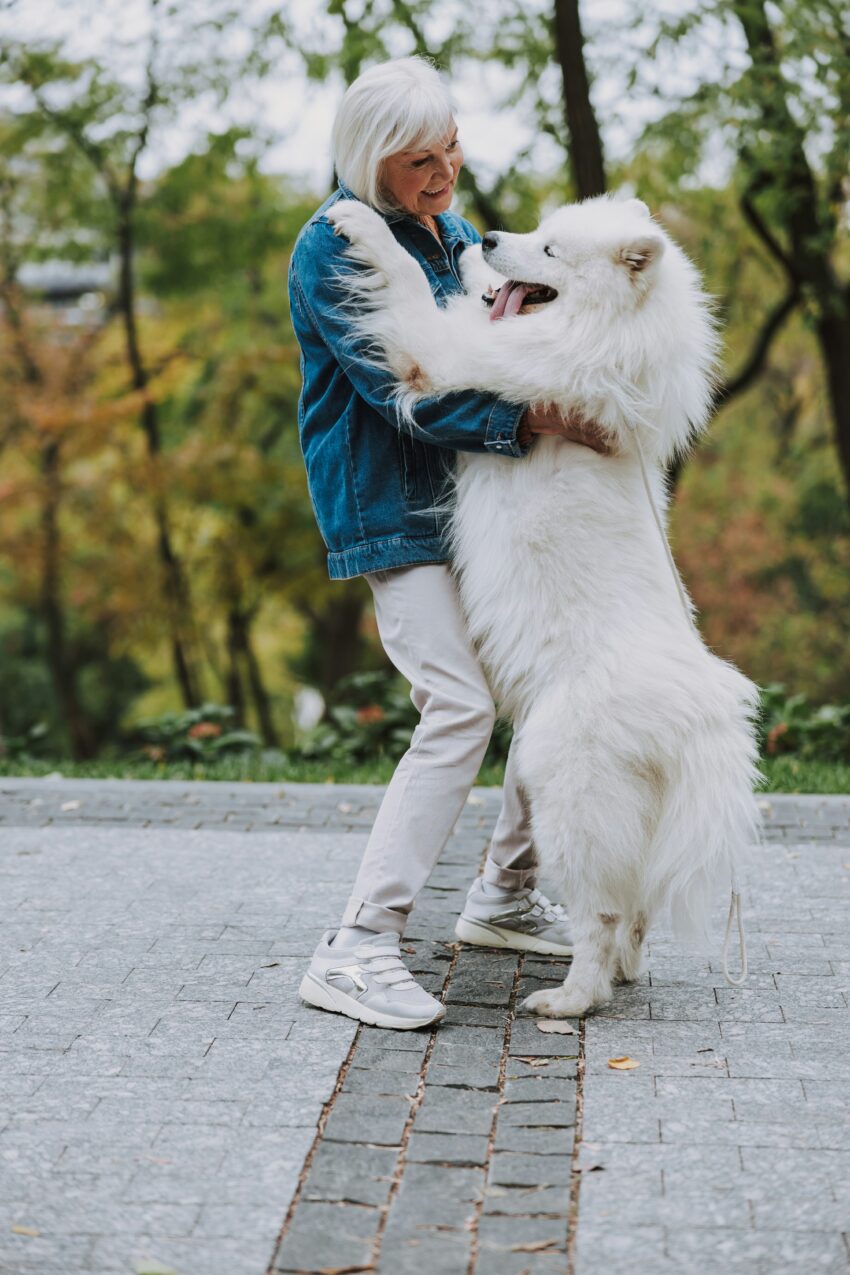When it comes to dog training, we often talk about two approaches: adding and subtracting. By “adding,” I mean presenting a reinforcer as a consequence of a behavior. By “subtracting,” I mean removing something the dog wants in response to a behavior. Both have their place, but today, I want to focus on the power of adding.
Let’s start with a common scenario: dogs jumping up on people when they greet.
Many trainers teach clients to ignore the dog until it offers a more appropriate behavior—like sitting. And yes, it works for some dogs. But in my experience, ignoring a dog can be stressful and frustrating for both the dog and the human. People start yelling, the dog is confused, and everyone leaves the interaction feeling unhappy.
Instead, I like to take a different approach: give the dog what it wants—then teach it to stop jumping.
Why do dogs jump to greet us in the first place? Part of it is genetic. In the wild, young wolves lick adult mouths to request food. While our domestic dogs aren’t expecting to be fed, they have retained this instinctual way of seeking social interaction. Jumping is their way of saying, “Hello! I want attention!” So why not respond in kind?
Here’s where creativity comes in. Experiment a little with your dog and your greeting routine. There isn’t a single “right” way. The goal is to find out what your dog finds reinforcing—and use that as part of a structured greeting routine. Here are a few ideas that work beautifully in my practice:
- Fetch as a greeting: If your dog loves to retrieve, keep a ball or toy by the front door. When you walk in, toss the ball. Your dog gets interaction, mental stimulation, and the social greeting it craves—all without jumping on you. Soon, the dog learns that fetching the ball is the way to say hello.
- Treat treasure hunt: Keep a small stash of kibble or treats out of reach near the entryway. Let your dog find it as part of the greeting routine. This engages your dog’s brain and gives it a positive experience without the chaos of jumping.
In my home, our dogs know to fetch their toy when we arrive. They rush to grab it, then come back for a quick play session. It’s a simple routine, usually under a minute, but incredibly effective.
Consistency is key. Guests, cleaning staff, and family members should all follow the same greeting routine. Dogs don’t generalize well—if everyone does something different, confusion and frustration creep in. But with a clear plan, your dog learns what to expect and starts to relax during social interactions.
At the end of the day, I’m all about adding to what the dog wants and needs rather than subtracting. Training becomes a positive experience, your dog’s social instincts are satisfied, and humans stay happy too.

